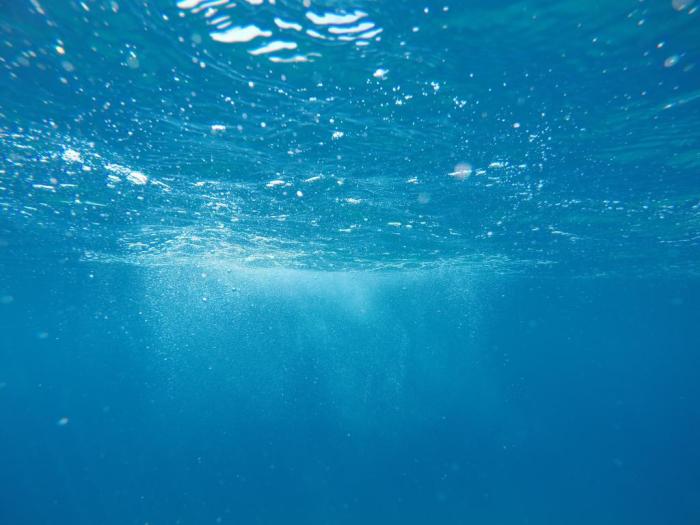
Details
Solution type
This case study is part of a project catalogue produced by ReUseHeat to inspire how to utilize excess heat from urban sources for heating and cooling purposes. The catalogue contains 25 existing or planned projects, 12 of which are Danish and 13 from other European countries.
Facts about the case |
||
| Installed heat capacity: 10,000 kW Heat source: Wastewater (20°C-25°C) Heat pump COP: 3.6-4.0 |
Annual operation hours: 8000 hours the first two years, 900 hours after that (from 2019). Investment cost: €7.25 M Savings: €33,600 per week up until 2019 |
Period: Finished in 2017 Organisation: Kalundborg forsyning A/S District heating network: 3196 consumers |
Description
In 2017, Kalundborg initiated the operation of a 10 MW electric heat pump, which utilizes heat from wastewater to produce district heating. It is currently the largest heat pump facility in Denmark.
The heat pump has an important role in the city, as the nearby central power plant Asnæsværket, is set to convert from coal to biomass. During the conversion period, the heat pump will supply the local district heating network with 30% of the total heat production. Afterwards, the heat pump is supposed to cover 10% of the heat production and act as a peak- and reserve load. The conversion of Asnæsværket is expected to be finished at the outset of 2019. The heat pump utilizes heat from the nearby wastewater treatment plant, which has wastewater temperatures above average due to the local industries Novo Nordisk and Novozymes. The heat pump is the final part of a setup, which utilizes the wastewater three times:
- Firstly, it is utilized at Novozymes, where organic content is withdrawn from the wastewater and used for biogas production.
- Secondly, the wastewater treatment plant utilizes temperatures between 20-35 degrees Celsius to accelerate biological processes.
- Thirdly, the wastewater with a temperature between 20 and 25 degrees Celsius is recovered in the heat pump, where it is cooled to approximately 10 degrees Celsius.
The heat pump facility will replace two obsolete oil-fired peak- and reserve-load boilers of 5.1 MW and 8.7 MW from 1968 to 1975. The heat pump contributes energy and CO2 savings by replacing natural gas from oil boilers, benefiting consumers and the environment.
Kalundborg, Denmark
ReUseHeat, Finished in 2017
IVL Swedish Environmental Research Institute
External links:
Kalundborg Forsyning A/S, Novo Nordisk, Novozymes, Handbook – 25 cases of urban waste heat recovery
Replicability |
Low |
Medium |
High |
|---|---|---|---|
| Authorizative easiness | x | ||
| Adaptability to different climate conditions | x | ||
| Technology easy-to-implement (No need for specific technical requirements) | x | ||
| Easy-to-implement (No need for specific technical requirements) | x | ||
| Easy-to-operate (No need for specific technical requirements) | x | ||
| Opportunity of integrating waste energy sources | x | ||
| CAPEX needed for the deployment of the solution | x |
